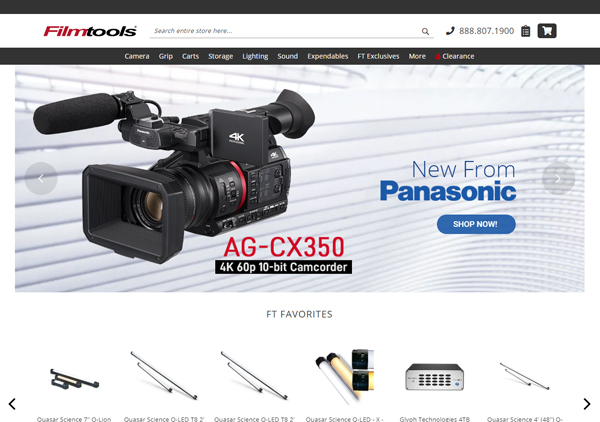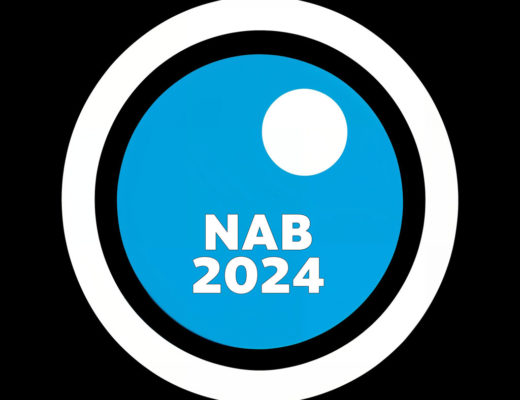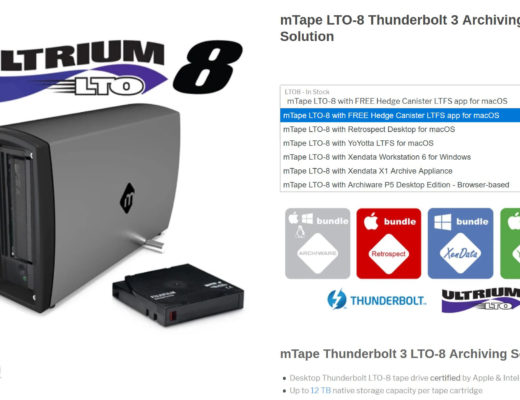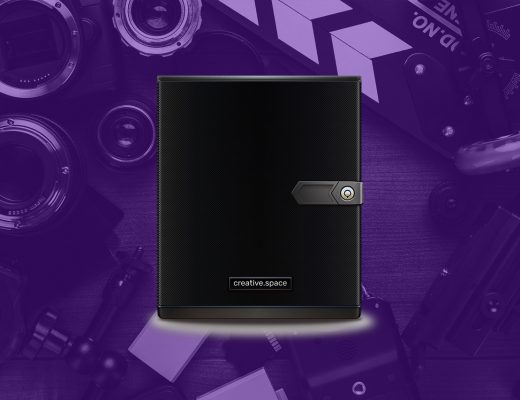Wasn’t the purpose of digital asset management always supposed to be a platform technology? By platform technology, I mean not acting as a stand-alone application but as an enabling technology allowing other applications to perform a task without having to be concerned with the complexities associated with digital media.
So why are so many digital asset management providers unable to easily provide other applications a means to use the digital assets in the most efficient manner? Simple answer is because they created their digital asset management system with the intent of being a stand-alone application and not with the intent of being a platform technology.
What’s the difference; don’t they both have a purpose in digital asset management land?
Sure they both have a purpose; the stand-alone digital asset management application is for temporary use and has a lifecycle that places it near end of life the minute you purchase it. The stand-alone application has some of the following traits:
- New releases and functionality are promised but never delivered – no formal release cycle exists
- You have a phone number to call for support but nobody picks it up or returns the call
- The application is not used by the company to help manage their own digital media challenges
- The company that sold it to you is not the company that creates the software
- The product portfolio consists of DAM and that’s it – no other complementary products
- Customization is part of the standard offering because they cannot anticipate how you will use it
- When you ask for integration, they say, “Sure, we are partnered with several integrators; let me find you a phone number.”
- The price tag borders on ridiculous and you begin to question their financial viability
- They might also be under the cover of the “installed software provider” label and cringe at the very thought of the software-as-a-service market
- After you shake their hand you need to count your fingers
I recommend you purchase a stand-alone application if you have:
- Money to burn
- Internal I.T. teams looking for something to do
- A complete understanding of digital asset management and all the related technologies
- No direction or vision for how you want to use your digital media as your organization expands and your market reach increases
A digital asset management provider positioning as a platform technology possesses the following traits:
- Religious release cycles with proactive development addressing the future needs of the market
- Service and support teams that pick up the phone and hold several training sessions for the user community to attend
- Their own digital asset management platform is used by the marketing, creative, and production teams to drive internal workflows
- The digital assets are not duplicated and placed into other locations; all sources using the digital assets of the organization reference the digital asset management platform eliminating redundant and outdated libraries of digital assets serving other applications and/or individuals
- The value resides in the combination of efforts from on-site marketing, development, and service, and product teams
- The portfolio of products is rich with other ways of using digital media in the approval and collaboration process or distribution and publishing channels
- Digital asset management functionality is designed around use cases creating immediate value from day one
- Integration teams are in the same facility as the development, infrastructure, service, product, and marketing teams so when you ask for integration, the parties involved already understand the technology and the process
- The price tag makes you wonder why the other providers are so expensive
- Software-as-a-service organizations commonly create digital asset management as a platform technology because the relationship continues after the agreement is signed; stand-alone digital asset management providers have a tough time looking someone in the eye after selling a soon-to-be outdated application
- Trustworthy and transparent
I recommend you purchase a digital asset management platform technology if you have:
- Restricted budgets
- Limited or no internal I.T. resources
- A complete understanding of your business
- A vision for how you want to expand the use of your digital media

Filmtools
Filmmakers go-to destination for pre-production, production & post production equipment!
Shop Now













